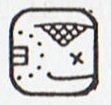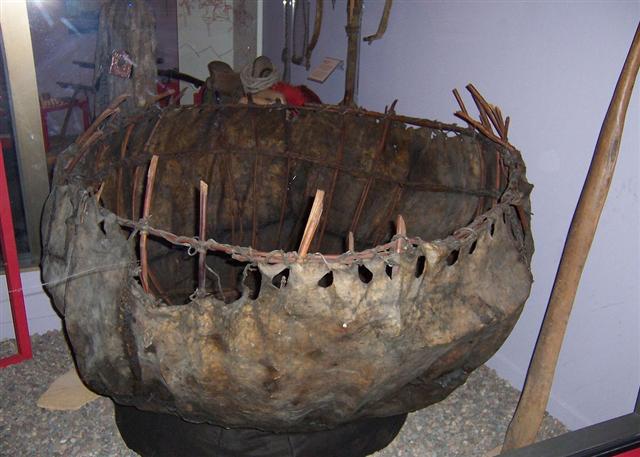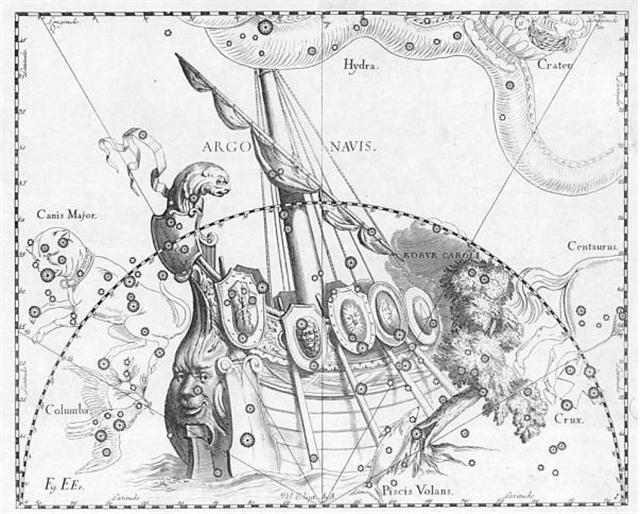|
THE D TABLET
So it seems we now in a way have been initiated and arrived at the beginning of line Da4:
... Interestingly, since another meaning of shi is 'death', the number 4 is considered unlucky. For example, the floor numbering in hotels sometimes jumps mysteriously from 3 to 5; it is also considered unlucky to give four of something as a present ...
Here was the famous place involving Antinous:
... In late September or early October 130, Hadrian and his entourage, among them Antinous, assembled at Heliopolis to set sail upstream as part of a flotilla along the River Nile. The retinue included officials, the Prefect, army and naval commanders, as well as literary and scholarly figures. Possibly also joining them was Lucius Ceionius Commodus, a young aristocrat whom Antinous might have deemed a rival to Hadrian's affections. On their journey up the Nile, they stopped at Hermopolis Magna, the primary shrine to the god Thoth. It was shortly after this, in October [in the year A.D.] 130 - around the time of the festival of Osiris - that Antinous fell into the river and died, probably from drowning. Hadrian publicly announced his death, with gossip soon spreading throughout the Empire that Antinous had been intentionally killed. The nature of Antinous's death remains a mystery to this day, and it is possible that Hadrian himself never knew; however, various hypotheses have been put forward. One possibility is that he was murdered by a conspiracy at court. However, Lambert asserted that this was unlikely because it lacked any supporting historical evidence, and because Antinous himself seemingly exerted little influence over Hadrian, thus meaning that an assassination served little purpose. Another suggestion is that Antinous had died during a voluntary castration as part of an attempt to retain his youth and thus his sexual appeal to Hadrian. However, this is improbable because Hadrian deemed both castration and circumcision to be abominations and as Antinous was aged between 18 and 20 at the time of death, any such operation would have been ineffective. A third possibility is that the death was accidental, perhaps if Antinous was intoxicated. However, in the surviving evidence Hadrian does not describe the death as being an accident; Lambert thought that this was suspicious. Another possibility is that Antinous represented a voluntary human sacrifice. Our earliest surviving evidence for this comes from the writings of Dio Cassius, 80 years after the event, although it would later be repeated in many subsequent sources. In the second century Roman Empire, a belief that the death of one could rejuvenate the health of another was widespread, and Hadrian had been ill for many years; in this scenario, Antinous could have sacrificed himself in the belief that Hadrian would have recovered. Alternately, in Egyptian tradition it was held that sacrifices of boys to the Nile, particularly at the time of the October Osiris festival, would ensure that the River would flood to its full capacity and thus fertilize the valley; this was made all the more urgent as the Nile's floods had been insufficient for full agricultural production in both 129 and 130. In this situation, Hadrian might not have revealed the cause of Antinous's death because he did not wish to appear either physically or politically weak. Conversely, opposing this possibility is the fact that Hadrian disliked human sacrifice and had strengthened laws against it in the Empire ...
And this place could be seen in July 16 (197, *117) when the Sun had tumbled down to the Little Shield (Azmidiske, ξ) at the stern of Argo Navis, the star at top center of the shield below the pair of rippling bands: Raga. 1. To run together, forming small lakes (of rainwater) ku-raga-á te vai. 2. Fugitive (in times of war or persecution); to take refuge elsewhere; to move house; homeless; poki poreko raga, child born while its parents were fugitives. 3. Said of fish swarming on the surface of the sea: he-raga te îka, ku-mea-á te moté, te nanue para..., you can see many fish, fish are swarming, mote, nanue para, etc. Ragaraga: 1. To float on the surface of the sea: miro ragaraga i ruga i te vai kava, driftwood floating on the sea. 2. To move ceaselessly (of people), to pace back and forth (te eve o te tagata); to be restless: e-ragaraga-nó-á te eve o te tagata, the man is nervous, worried, he paces back and forth. 3. E-ragaraga-nó-á te mana'u is said of inconstant, fickle people, who cannot concentrate on one thing: e-ragaraga-nó-á te mana'u o te ga poki; ta'e pahé tagata hônui, ku-noho-á te mana'u ki ruga ki te aga, children are fickle; they are not like serious adults who concentrate their work. Vanaga. 1. Captive, slave, to take captive; hakaraga, to enslave. Mq.: áka, conquered. 2. To banish, to expel, to desert; ragaraga, to send away, to expel; hakaraga, to banish, to drive off. Mq.: áka, wanderer, vagabond. Ragaraga, to float, to fluctuate; eve ragaraga, ennui, to weary. T Mgv.: raga, to swim or float on the surface of the water. Mq.: ána, áka, to float. Churchill. Sa.: langa, to raise, to rise. To.: langa, to raise up the soil; fakalanga, to raise up. Uvea, Fu.: langa, to raise. Niuē: langa, to rise against; langaaki, to raise up. Nukuoro: langa, to float. Ha.: lana, id. Ma.: ranga, to raise, to cast up. Mgv.: ranga, to float on the surface of water. Pau.: fakaranga, to raise, to lift up. Ta.: toraaraa, to raise up. Mq.: aka, ana, to swim on the surface. Vi.: langa, to be lifted up, said of a brandished club ... Churchill 2.
By the way, the great shield above the steering oar of Canopus has a motif which seems to illustrate a Tree twisted (milled) around. ... Snorri Sterluson explains why 'Frodi's grist' is a kenning for gold. Frodi ruled during a peaceful and productive period, contemporaneous with Augustus's Pax Romana and the birth of Christ; hence the kenning. There were neither thieves nor robbers during this period, 'so that a gold ring lay long on Jalang's heath'. Snorri continues his account with the legend of the mill beyond what is told in the song: The girls' grinding produced an army hostile to Frodi. On the very day of the girls' predictions, the sea-king, Musing (Son of the Mouse), landed on the Danish shore, killed Frodi, and took away Grotti and the women on his ship. The girls were bidden to grind out salt on the mill. At midnight they asked for further instructions. 'Keep grinding', he told them. Then they ground with such vigor that the ship sank. Water poured into the eye of the mill, creating the maelstroem of the sea. Therefore the sea was salt. Incidentally, the mill was given a kenning, Serpent's Couch ...
... In China, with Capricornus, Pisces, and a part of Sagittarius, it [Aquarius] constituted the early Serpent, or Turtle, Tien Yuen; and later was known as Hiuen Ying, the Dark Warrior and Hero, or Darkly Flourishing One, the Hiuen Wu, or Hiuen Heaou, of the Han dynasty, which Dupuis gave as Hiven Mao. It was a symbol of the emperor Tchoun Hin, in whose reign was a great deluge; but after the Jesuits came in it became Paou Ping, the Precious Vase. It contained three of the sieu, and headed the list of zodiac signs as the Rat, which in the far East was the ideograph for 'water', and still so remains in the almanacs of Central Asia, Cochin China, and Japan ... The great star at top right on this shield is Naos (ζ, *121, 7-20). And here was the next (the 4th) Rei in the D text - which hardly was a coincidence and rather should be regarded as support for my ideas (my ideology):
|
|||||||||||||||||||||||||||||||||||||||||||||||||||||||||||||||||||||||||||||||||||||||||||||||||||||||||||||||||||||||||||||||||||||























.jpg)